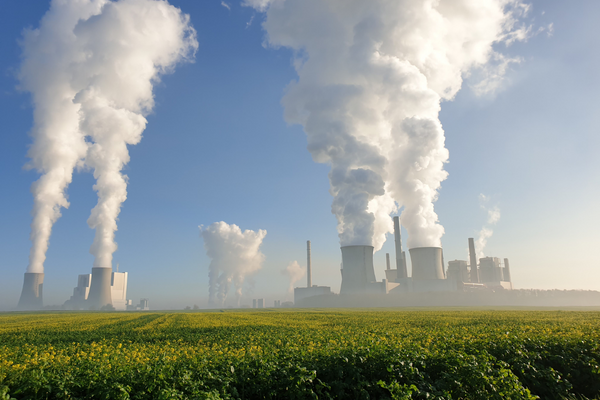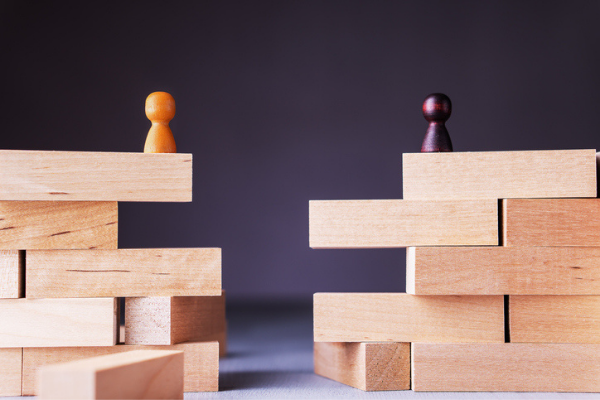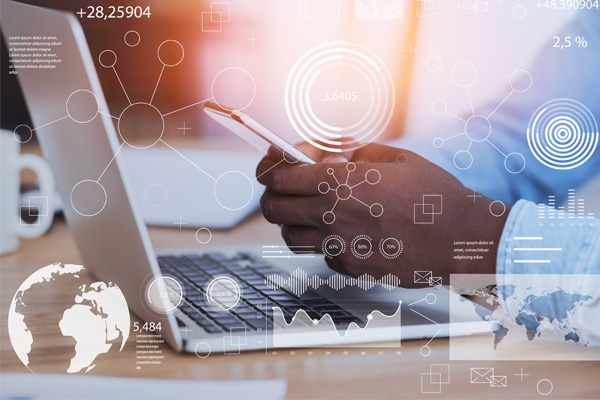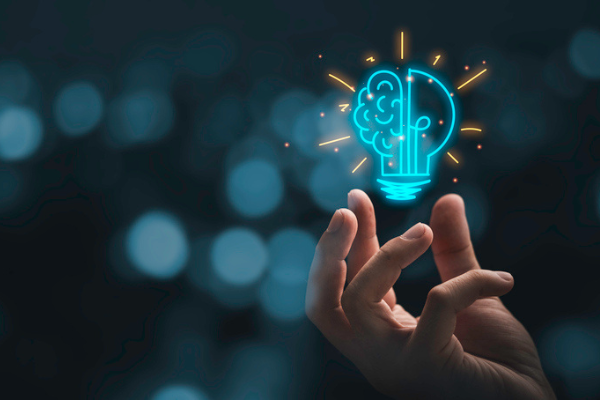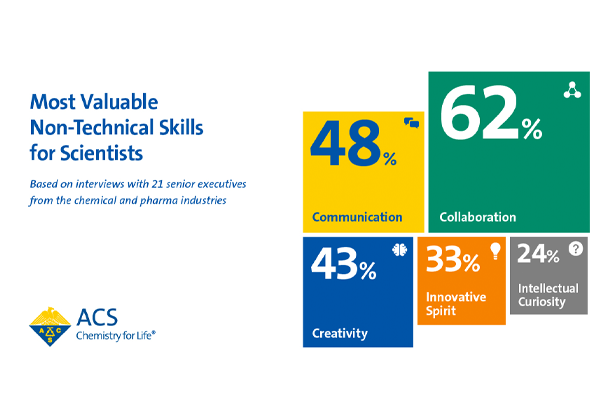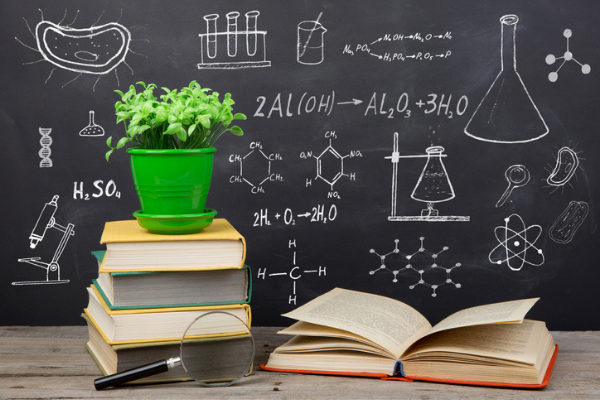
Key Takeaways:
- Birnur Aral shares her biggest challenge serving as Director of the Health, Beauty and Environmental Science Lab
- How attending a magnet school for sciences in Turkey shaped Aral’s perception of women in sciences
- Advice for young entrepreneurs in the making
What’s the biggest challenge you confront in your role as Director of the Health, Beauty & Environmental Sciences Lab at the Good Housekeeping Institute?
It is a multifaceted role with many internal and external stakeholders, and requires a balancing act. Like any of the other labs at the Institute, we test the performance of hundreds of products each year. Our test results feed directly into our editorial content in print and online. We also contribute to the bottom-line of our business through our licensing program and help generate affiliate revenue through our robust online product reviews. The success of our business is deeply rooted in a culture of putting the interest of the consumer first though, which in turn helps us uphold the unrivaled integrity and legacy of our brand.
Sustainability is a passion of yours. You are studying part-time at Columbia to earn a certificate in that area. What triggered your interest in this field?
Sustainability mandates that we should meet the needs of the present without compromising the ability of future generations to meet their own needs. This means that any business practice should equally value the three pillars of sustainability: People, Planet and Profit. So, if you think about it, it is just doing better business.
I first came to learn about this field about ten years ago when developing our green emblem with our environmental consultants from Brown and Wilmanns Environmental. The Good Housekeeping Seal is a licensing program, which offers a 2-year consumer warranty. It confirms that a product will perform as marketed and is manufactured with quality. If the consumer is unhappy with the product’s performance or if the product breaks down, they can ask for a refund or replacement from us. Any product that carries our Seal can apply for our green Seal. Unlike single attribute emblems (such as Organic, Fair Trade, etc.), we evaluate a product’s sustainability holistically by looking at its energy, water and material footprints and ensure neither certain toxic chemicals nor animal testing are present within its life cycle.
You grew up in Turkey and attended a magnet school for the sciences where you encountered many other high school girls interested in science education. How did that experience shape the rest of your life?
I was lucky to be born to a family who didn’t put any limits to what girls should or shouldn’t study. In fact, in my circles, middle-class and secular, becoming a scientist, an engineer or a doctor was perceived as the ultimate career path for any child.
With that said, the pressure was on for children even at the grammar school. Entering a prestigious middle and high school entailed studying extra for entrance exams by taking private lessons or attending group programs on the weekends. I also remember solving many a “Faucet Drain” problems with mom, who only had a high school diploma, but had worked as a bank accountant for 9 years before starting a family.
The magnet school I attended, Istanbul High School, is still one of the most prestigious in the country. The curriculum, except for Turkish and history classes, is taught in German. Having the influence of our German teachers brought an extra layer of gender parity. My best female friend is now a materials science & metallurgical engineering professor in Istanbul, another close female friend is a software engineer at Eurocontrol in Brussels.
How did you settle on chemical engineering as opposed to chemistry or some other physical science?
At the time, there were no private universities in Turkey, which meant all were government administered and free! Due to demand being higher than available spots though, a centralized exam was given. It matched students with available university programs based on their score and choices they would make prior to the exam. This centralized exam still exists in Turkey but there are now many private universities a student can pick from as well.
In high school, I loved and excelled in biology and chemistry and got by in mathematics. I didn’t know exactly what a chemical engineer did or the number of mathematics courses one had to take. However, I knew that engineers were higher in demand than scientists in the job market. That’s why, as my first choice, I listed the Chemical Engineering major at Bogazici University (formerly Robert College,) the first American college founded outside the U.S. I was accepted.
When you arrived in the U.S. to obtain your PhD in chemical engineering, you spoke about being confronted with a bewildering variety of consumer staples from which to choose. In your current role at the Good Housekeeping Institute, you help consumers make educated choices among a myriad of personal care, cleaning and other products. Is that a coincidence?
Yes, the choices in super market isles were daunting indeed! We are talking about 1987, when you couldn’t text a friend or read a web review. My aunt and her husband, both electrical engineers, had immigrated to Canada in the 1960s. They had recently moved to New Jersey to work at the legendary Bell Labs. During our first few months here, we were lucky to get their insights about the brands they preferred.
At the Institute, we help consumers tease out the best products for their needs, saving them time and hassle. Our service and product reviews reach 30 million readers every month. While I can’t say that I dreamt of working at a magazine one day, I do think all my prior jobs, in one way or the other, prepared me for this one.
As an Applications Engineer at Rheometric Scientific, I provided support for the sale of rather costly rheometers. Our job was to show them how rheology can help identify and solve potential product and processing problems. I got a chance to hear first-hand about real problems in industries varying from foods to petrochemicals and from paints to plastics. At Unilever R&D, I learned about how products are designed to solve consumers’ grooming needs, skin anatomy and consumer and clinical testing, all of which I could build upon in my current role.
Since you are a mentor to young entrepreneurs, what is your best piece of advice to someone interested in entrepreneurship?
I advise them to build their brands and companies on the sustainability principles. Organizations that truly embrace the three P’s (People + Planet + Profit approach) early on, are better positioned to earn the loyalty of not only their consumers, but also their own employees.
Good Housekeeping is one of the most iconic brands in the world and has been for well over one hundred years. At what point in your life did it appear on your radar screen?
Yes, our brand is nearly 135 years old. In fact, many of our readers have grown up with Good Housekeeping in their household, which was read by their mothers, grandmothers and so on.
My real encounter with the brand was when I interviewed for the role. It was an interesting hiring process. After the usual phone screen and on-site interview with the hiring manager and peers, I was given a take-home exam to demonstrate my ability in coming up with new test ideas, design sound studies, as well as ability to report on complex scientific subjects in a simple yet interesting manner that can be understood by the common reader.
I remember spending an entire Labor Day weekend completing the test. Only after passing the test, I moved on to interviewing with the executive editors of the magazine. This is still practiced at the Institute, as our hires need to be scientists, who can write, drive multiple projects with tight deadlines and be overall informed on products, trends and news.
In the days when you first arrived in the U.S. from Turkey – while on a graduate student’s stipend - you had an argument with your husband over a non-budgeted act of largesse on his part involving the purchase of McDonald’s coffee for several friends. If I bumped into your husband today, would it be okay for him to buy me a cup of coffee?
Absolutely, he has my permission to treat you for a Starbucks drink even! With that said, he is absolutely obsessed with our Nespresso Vertuo machine. A mechanical engineer himself, he marvels at its technology that reads the barcode on the pod so that just enough hot water is dosed. In addition to the flavor of the brew, he is delighted about cutting his daily coffee expense in half. What I love about this brand is their takeback program for the used pods. You can bring them into their stores or mail them free of charge in pre-addressed UPS envelopes. They get collected at a third-party facility where they separate the coffee grounds from the aluminum. The coffee gets composted and the aluminum gets recycled. This is a great example of product stewardship and certainly underlines a 3 P’s approach to conducting business.
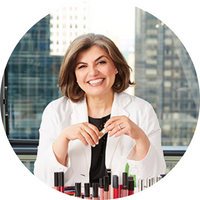
Birnur Aral is the director of the Health, Beauty & Environmental Sciences Lab at the Good Housekeeping Institute, where she oversees all lab tests and applications for the Good Housekeeping Seal, the Green Good Housekeeping Seal and the GH Innovation emblem. She earned a Bachelor of Science degree in Chemical Engineering from Bogazici University in Istanbul, followed by Master of Engineering and PhD degrees in Chemical Engineering from the Stevens Institute of Technology in Hoboken, NJ. She is also working on a post-graduate certificate degree in Sustainability Management at Columbia University.
This article has been edited for length and clarity. The opinions expressed in this article are the author's own and do not necessarily reflect the view of their employer or the American Chemical Society.
Copyright 2019 American Chemical Society (All Rights Reserved)

